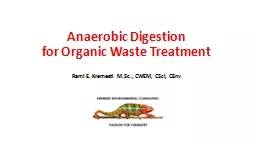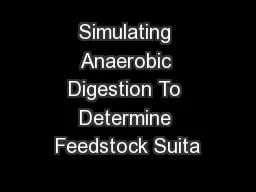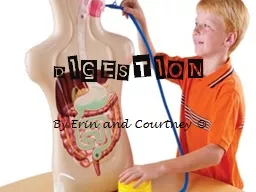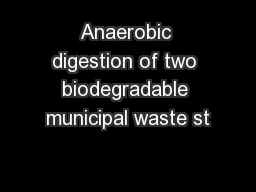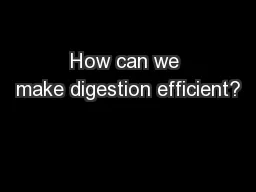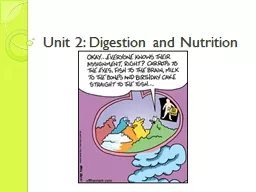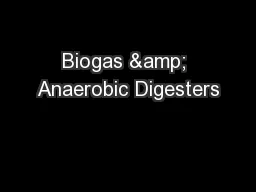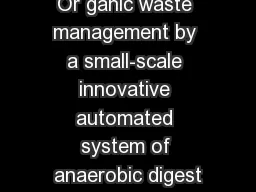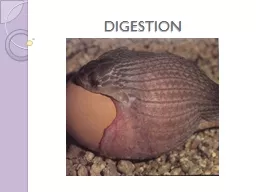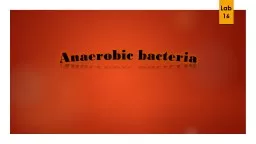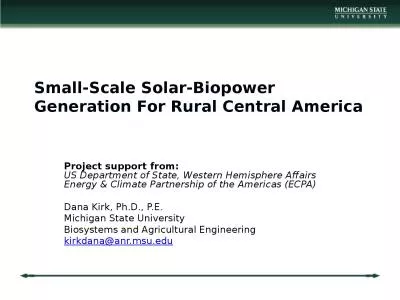PPT-Anaerobic Digestion
Author : trish-goza | Published Date : 2017-04-10
for Organic Waste Treatment Rami E Kremesti MSc CWEM CSci CEnv History Ancient technology First Anaerobic Digestion plant in Bombay in 1859 In 1895 Methane produced
Presentation Embed Code
Download Presentation
Download Presentation The PPT/PDF document "Anaerobic Digestion" is the property of its rightful owner. Permission is granted to download and print the materials on this website for personal, non-commercial use only, and to display it on your personal computer provided you do not modify the materials and that you retain all copyright notices contained in the materials. By downloading content from our website, you accept the terms of this agreement.
Anaerobic Digestion: Transcript
for Organic Waste Treatment Rami E Kremesti MSc CWEM CSci CEnv History Ancient technology First Anaerobic Digestion plant in Bombay in 1859 In 1895 Methane produced by AD was used to light street lamps in Exeter England. MICROWAVE DIGESTION BOMBS pages 34 and 811 For treating either inorganic or organic samples with strong acids or alkalis under heat and pressure in metalfree vessels using microwave energy for rapid dissolution or digestion with complete containment Lecturer: Mariska Ronteltap. m.ronteltap@unesco-ihe.org. Introduction to anaerobic treatment technologies. In this file:. Part A – Fundamentals of anaerobic digestion. Part B – . Anaerobic treatment technologies relevant for ecosan concept. WHY USE SIMULATION?. Anaerobic digestion is a highly complex process containing numerous biological and chemical reactions taking place simultaneously. The stability of an anaerobic digestion system depends on the composition of the substrates and how microorganisms themselves convert the given substrates. . By Erin and Courtney . . Evolution. Two types of digestion. Intracellular: Break down of macromolecules takes place within the cell.. Extracellular: Break down of macromolecules takes place outside of the cell. Presented by: Milagro Chavez. Municipal solid waste (MSW). Waste type . consisting of everyday items discarded by the public.. Food waste (FW). . Garbage: food that is discarded. Methane potential (MP). Baseline (Flightpath D): To be able to . state that the stomach contains acid, state that the liver produces bile and write a simple hypothesis and prediction.. Further (Flightpath C&B ): To be able to . WHAT YOU WILL LEARN IN THIS UNIT:. Identify major structures and functions of the human digestive system from a diagram, model, or specimen. . . Describe the processes of mechanical digestion that take place at various sites along the alimentary canal. By C. Kohn. Agricultural Sciences. Waterford, WI. Source: www.biocycle.net. . Source: www.epa.gov. Methane. Methane. is the second most prevalent greenhouse gas emitted in the US from human activity. . ion. Supported by the European Commission . under the research for SME associations theme. of the 7th Framework . Programme. for Research and . Technological Development . 1. st. August 2012 to 31. The process in which food is . broken down . into smaller . molecules. that can be . absorbed. into the body and are . usable by cells. .. Five Main Digestive Processes. Ingestion. – Eat; . . Intaking. Dr. J. Badshah. University Professor – cum - Chief Scientist. Dairy Engineering Department. Sanjay Gandhi Institute of Dairy Science & Technology, Jagdeopath, Patna. (Bihar Animal Sciences University, Patna). Anaerobic Bacteria. Anaerobic bacteria or anaerobes are bacteria that do not need oxygen to live. In humans, these bacteria generally live in the gastrointestinal tract, but they may also be found in other places outside the body, including in the soil and water, in foods, and in animals. Some anaerobes are beneficial to humans, but others can cause illnesses. Characteristics of an anaerobic bacterial infection are bad-smelling pus, the formation of abscesses, and the destruction of tissue.. LO: To recap the different role of Respiratory system in the body. Progress Indicators . Good Progress. Outstanding Progress. Be able to explain the. systems and how the . differe. Link the content in terms of gaseous exchange to energy systems in an exam question. Project support from:. US Department of State, Western Hemisphere Affairs . Energy & Climate Partnership of the Americas (ECPA). Dana Kirk, Ph.D., P.E.. Michigan State University. Biosystems and Agricultural Engineering.
Download Document
Here is the link to download the presentation.
"Anaerobic Digestion"The content belongs to its owner. You may download and print it for personal use, without modification, and keep all copyright notices. By downloading, you agree to these terms.
Related Documents

